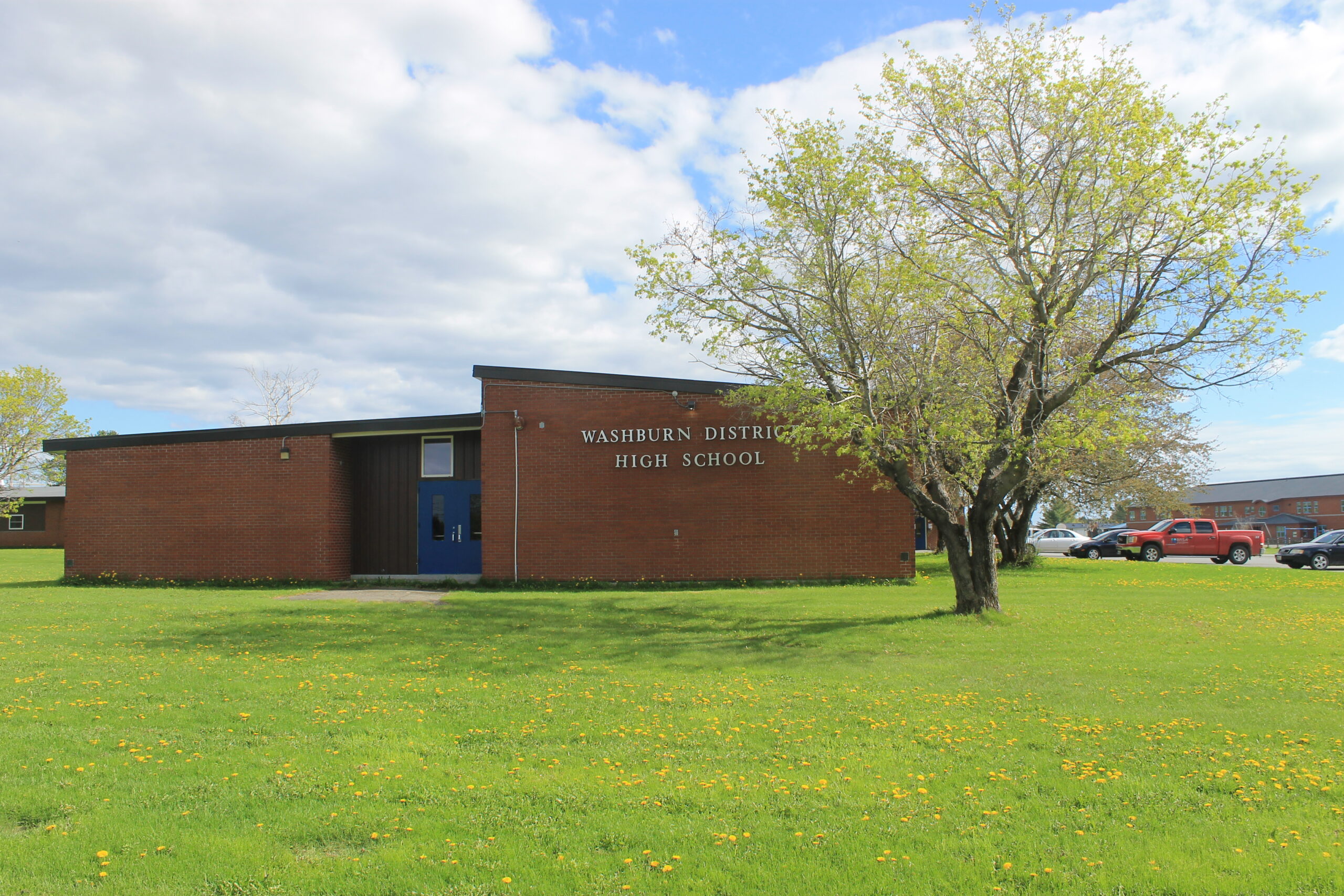WASHBURN, Maine — The board of Maine School Administrative District 45 is continuing a service sharing agreement with MSAD 1, while examining its annual harvest break and preparing for next year’s budget under a different governor.
Members of the MSAD 45 board recently voted unanimously to renew the district’s superintendent and service sharing agreement with MSAD 1, according to the board’s chairman, Ryan Rackliffe.
Under the agreement, which started in the 2016-2017 school year, MSAD 1 provides superintendent and business administration services to MSAD 45. MSAD 45 pays MSAD 1 about $63,000 annually for the services, and the contract includes a provision for either district to withdraw with 90 days notice.
The MSAD 45 board voted to extend the agreement for three years, until 2021, with the annual payment increasing to $64,575 in 2020 and $66,190 in 2021, Rackliffe said.
The sharing agreement has provided savings to MSAD 45, Rackliffe said. The MSAD 45 district has about 320 students and serves the towns of Perham, Wade and Washburn.
In the last several years, MSAD 45 has faced the challenges of managing a budget with declining state funding tied to an overall trend in declining enrollment. That’s meant that even as the district’s expenses have been kept relatively flat, the decline in state funding has caused an increase in costs for local taxpayers, Rackliffe said.
“The biggest issue for our district is the budget,” he said. “We had a huge decrease in state funding, which hit hard. In the past, we’ve been very creative in how to keep the budget flat. Our expense budget has actually decreased some years. We’ve cut pretty much everything we can cut.”
Cutting expenses has been a temporary fix, and Rackliffe said he is hoping to see business development in Washburn, which could help bring additional revenue and students to the district.
Last spring, the district ended up adopting a budget that included an 8.8 percent increase to local property taxes, while avoiding cuts to programs such as industrial arts.
“It’s a juggling act,” Rackliffe said. “We have to be mindful of all the citizens, their tax dollars and what they can afford. We also have to be mindful of our students and make sure that they’re getting the opportunities they deserve.”
Next year will be the first budget in eight years under a new governor’s administration, and it is possible the new head of state government may pursue a funding formula that is more equitable to rural school districts who have seen enrollment declines, the school board chairman said.
In 2017, MSAD 45 formed a committee to explore the possibility of closing Washburn High School, which has about 100 students. The board ultimately decided not to pursue the idea of closing the high school, due to the negative impacts to the community, the long distance that would be required for students to travel and other factors, Rackliffe said.
“We were asked as a board to explore closing the high school. We did just that. We determined that that was not in the best interest of the district and the students.”
Over the coming months, MSAD 45 will be examining the district’s three-week harvest break, during which students from all grades are off to allow some of the older ones to work at area farms.
“We’ve been asked multiple times by staff and community members to look at the harvest break,” Rackliffe said, adding that the issue has come up independent of MSAD 1’s decision to end its harvest recess beginning next fall.
“Concerns have been brought to us that it’s a huge disruption, particularly to the younger kiddos,” he said.
“We want to see the numbers from this year. Not just how many students worked, but how many students worked on a farm. We hopefully can get that information compiled for our next meeting and we can discuss it further,” Rackliffe said. “This is not an overnight decision. We will have public meetings. We want to hear from the community and from the farmers. At the end of the day, we need to do what’s best for everyone and that includes all of the students.”








